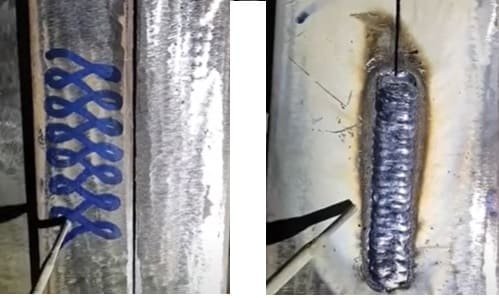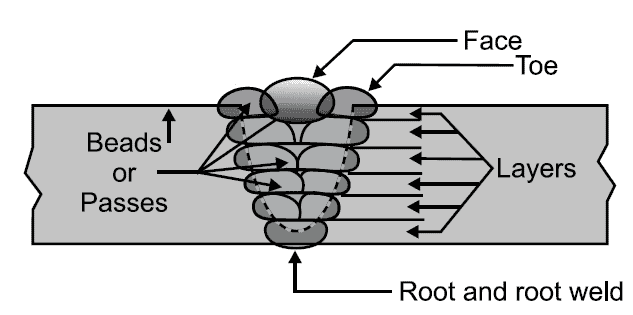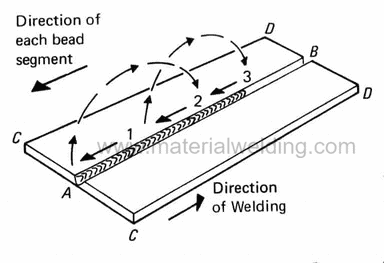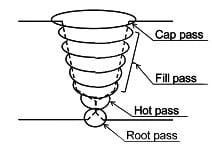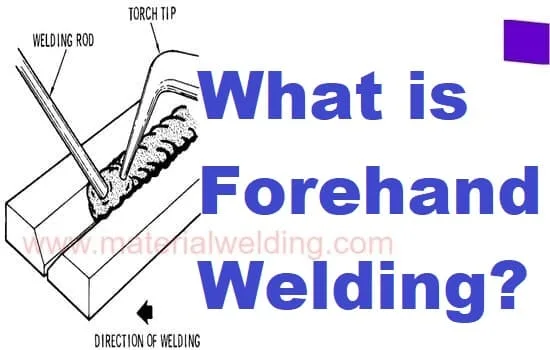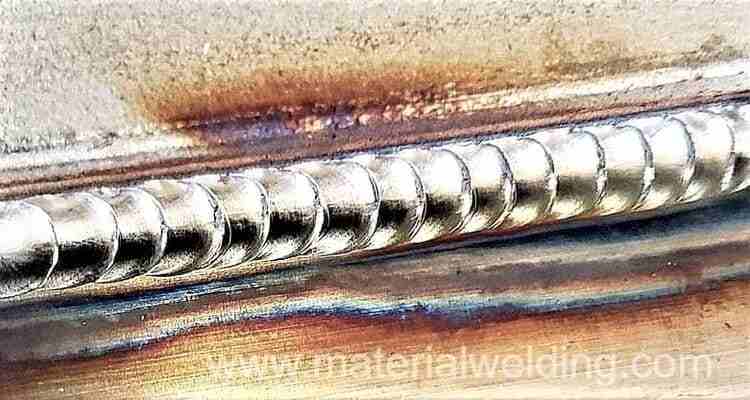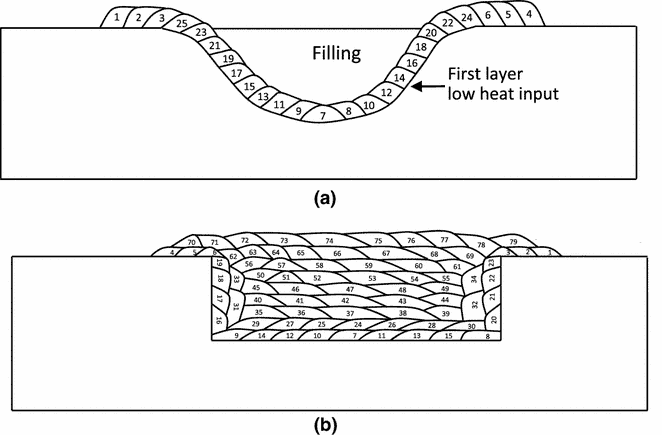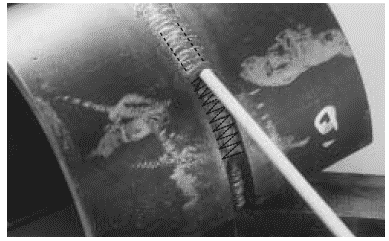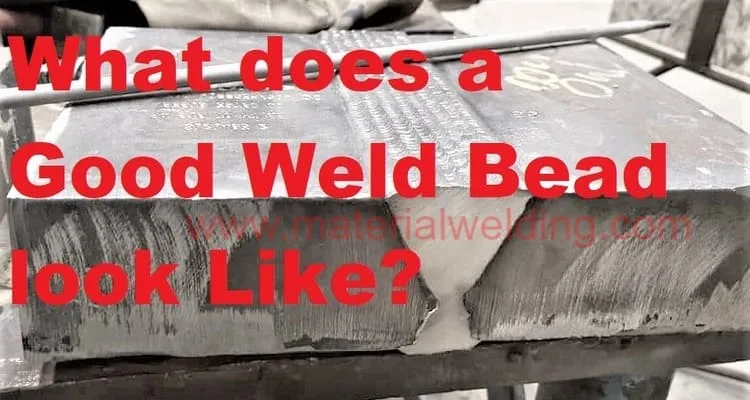What is Weave Bead in Welding?
Weave bead in welding is a technique where the welder moves the welding torch or gun in a back-and-forth pattern to create a continuous, evenly spaced bead of weld metal.
Weave bead technique is commonly used in manual welding processes such as Stick welding, TIG and MIG welding, and it is often used to create a smooth, large weld in a single pass weld.
It is also used to fill gaps in the metal being welded. The back and forth motion of the welder’s hand creates a weaving pattern that results in a consistent and uniform weld with a wider bead.
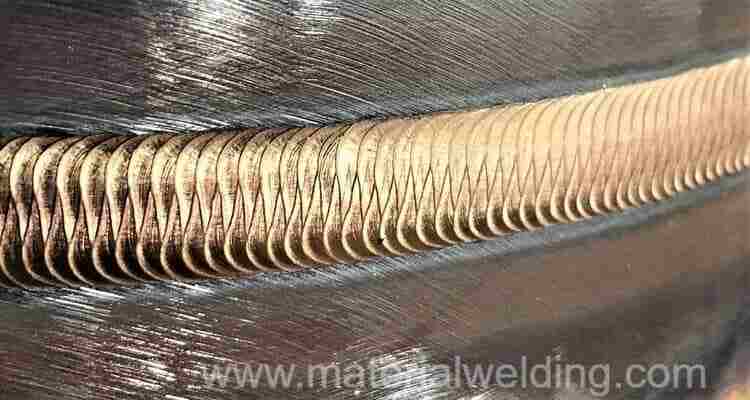
Weaving welding Meaning
In this technique, the welder moves the welding torch or gun in a back-and-forth pattern, overlapping each pass slightly to create a continuous and consistent bead.
This technique is used to create a smooth, strong weld in a single pass, and it is also used to fill gaps in the metal being welded.
Weaving welding is an advanced technique that requires skill and practice to master, but it can produce high-quality, visually appealing welds.
Weave techniques Patterns
There are several different weave techniques and patterns that can be used in welding, each with their own advantages and disadvantages.
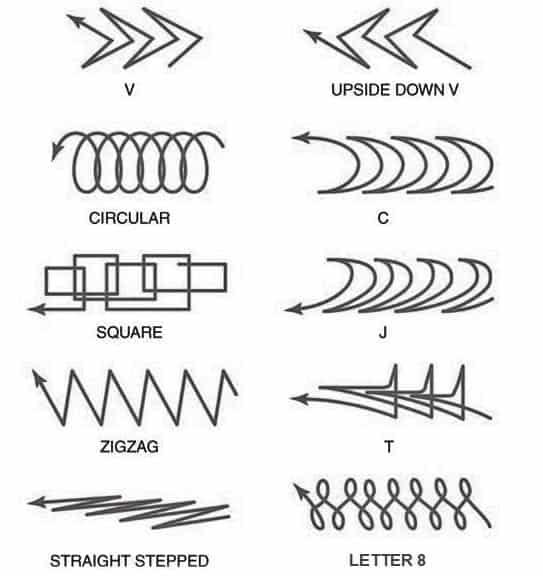
Some common weave patterns include:
- V-type: This technique involves moving the torch or gun in a V-shape pattern along the joint.
- Upside-down V: This technique is similar to the V-type, but the V is inverted.
- Circular: This technique involves moving the torch or gun in a circular pattern along the joint.
- C: This technique involves moving the torch or gun in a C-shape pattern along the joint.
- J: This technique is similar to the C-shape pattern but the J-shape is used instead of a C-shape.
- T: This technique involves moving the torch or gun in a T-shape pattern along the joint.
- Figure 8: This technique involves moving the torch or gun in a figure-8 pattern along the joint.
- Zig-zag: This technique involves moving the torch or gun in a zigzag pattern along the joint.
- Square: This technique involves moving the torch or gun in a square pattern along the joint.
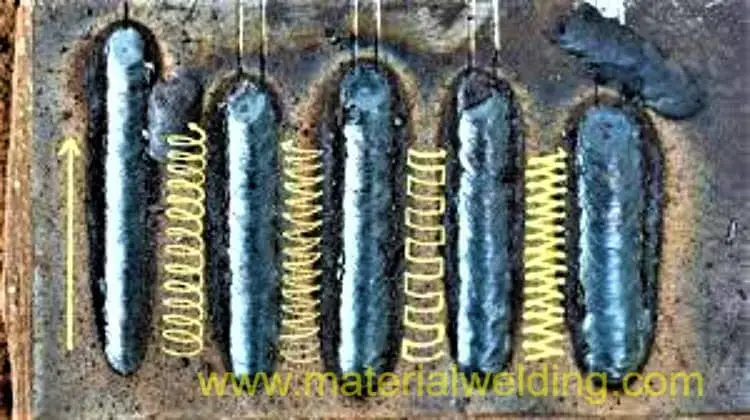
Stick welding weave bead Welding
To perform a weave bead in stick welding, the welder should:
- Use a moderate travel speed, not too fast or too slow
- Keep the electrode at a consistent angle and distance from the workpiece
- Keep the electrode perpendicular to the workpiece
- Vary the size of the weaving pattern to suit the thickness of the metal and the size of the gap.
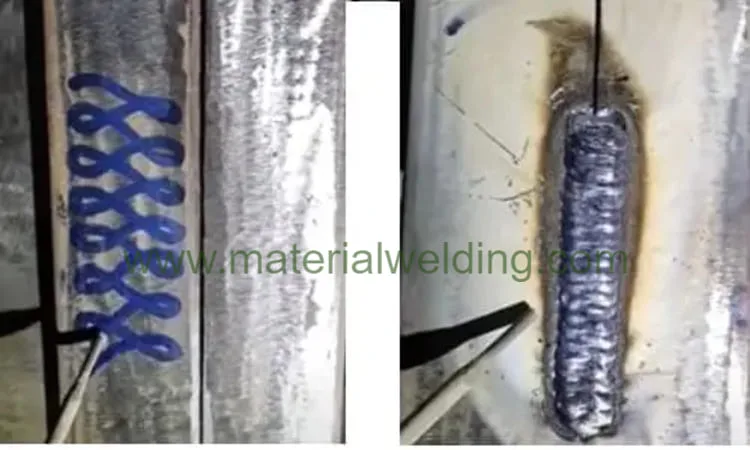
TIG welding weave bead Welding
The technique involves moving the TIG torch in a back-and-forth pattern along the joint, creating a continuous, evenly spaced bead of weld metal.
Related Reading: What is Welding Bead and their Different Types with Uses?
The technique is similar to the one used in stick welding but the electrode is held inside the torch and the filler metal is added manually.
To perform a weave bead in TIG welding, the welder should:
- Use a moderate travel speed, not too fast or too slow
- Keep the TIG torch at a consistent angle and distance from the workpiece
- Keep the tungsten electrode perpendicular to the workpiece
- Vary the size of the weaving pattern to suit the thickness of the metal and the size of the gap.
- Keep the filler metal rod in contact with the weld pool at all times
- Keep the filler metal rod tip in the puddle to minimize oxidation.
This involves weaving the electrode over and under the metal joint as it melts, creating a series of overlapping beads that strengthen and beautify the welded joint. This process takes more time than traditional straight line welding.
MIG welding weave bead Welding
MIG welding is a type of arc welding that uses a consumable wire electrode and shielding gas to join two metals together.
The result is a high-strength, smooth weld with excellent bead appearance. Welders find MIG welding easier than other types of welding.
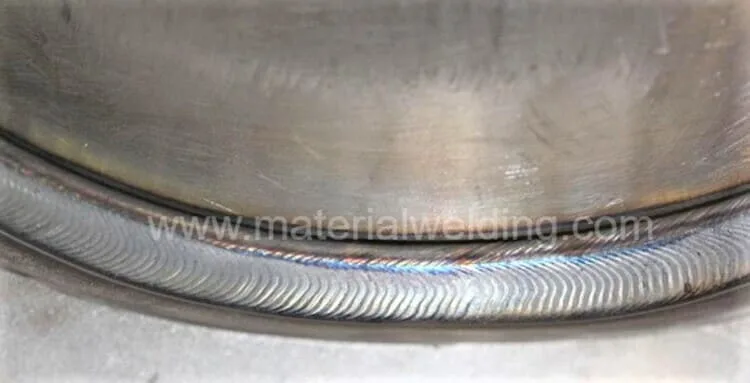
Weave bead welders must pay attention to their technique when using this method as it requires not only skill but also specific speed and technique.
The speed must be adjusted according to the thickness and position of each piece being welded while the welder should move in a weaving motion along the edges of each piece being joined together.
